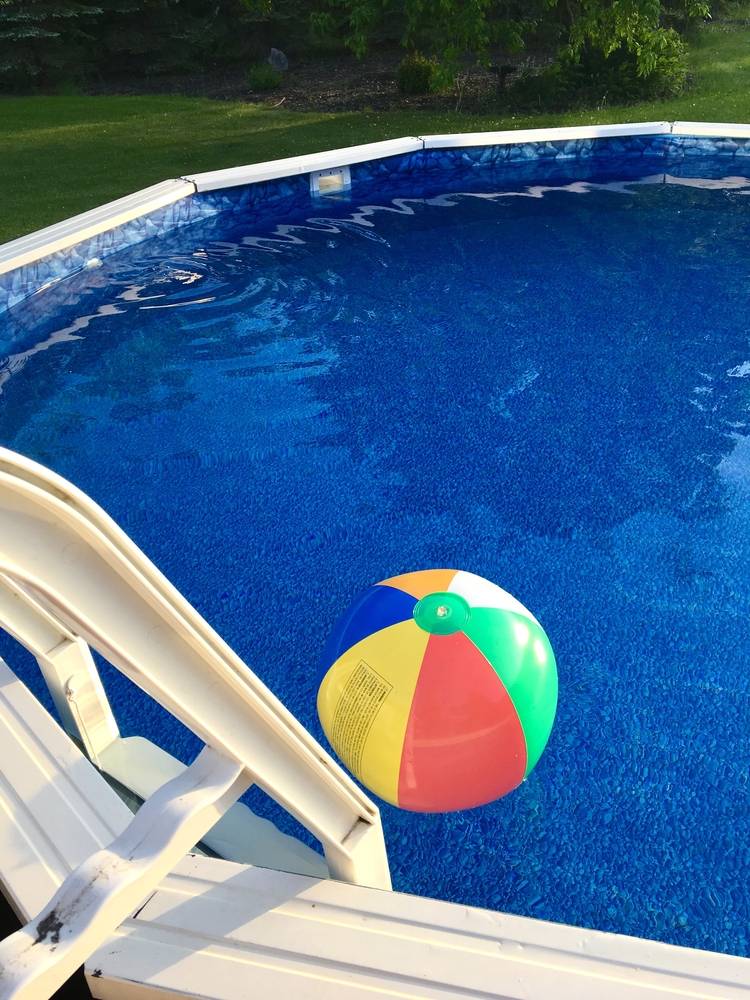Should I allowing builder to buid my baja shelf in my older pool with rocks placed as fillers. Should I not allow my builder to move forward using that same method or is it okay?
Last edited by a moderator:
Yes, any small screw holes in the existing plaster would be sealed up well by the new finish. But are they not removing the old plaster? How are they blending the new finish into the old if they're not removing the old?My second concern is that the their perimeter is a wooden plywood drilled to the pool's plaster- would the screws damage the pool's water proof capacity. Or once the screws are removed and pebble tec is sprayed over, it would not be a problem? see attached pictures
thanks for the information. The PB has removed the old plaster and the pool has been stripped completely.Yes, any small screw holes in the existing plaster would be sealed up well by the new finish. But are they not removing the old plaster? How are they blending the new finish into the old if they're not removing the old?
Thanks for the information. The PB has removed the old plaster and the pool has been stripped completely.Yes, any small screw holes in the existing plaster would be sealed up well by the new finish. But are they not removing the old plaster? How are they blending the new finish into the old if they're not removing the old?

Thanks Derik for plugging me with Jimmy. I truly appreciate your advice and it has placed me at ease. The PB is doing all the mentioned procedures.Thanks Jimmy! If I'm understanding that correctly, they'll drill holes into the shell and glue in (with epoxy) rebar shoved into those holes. Plus, Tito, your plaster is already gone. You don't need to worry about holes, large or small, in the shell. As I mentioned, the shell is not watertight anyway. Once they form and shoot the new shelf (which would fill any large holes), they'll give you a nice coat of new finish (filling any remaining smaller holes) and that's what will make your pool waterproof. If they tie the new rebar into the old shell as Jimmy describes, and properly compact the stone he also described, then the new shelf shouldn't shift around any and cause any cracks in the new finish.
Assuming you are being given a warranty for this work, just do the bucket test periodically before the warranty expires, to ensure the new finish is sound. If you get through the first few years OK, that's all you can hope for. This article describes how to do the bucket test:

Leak Detection
A number of things can cause leaks in your pool. You can learn tricks for leak detection and how to pinpoint where your pool is losing water.www.troublefreepool.com

